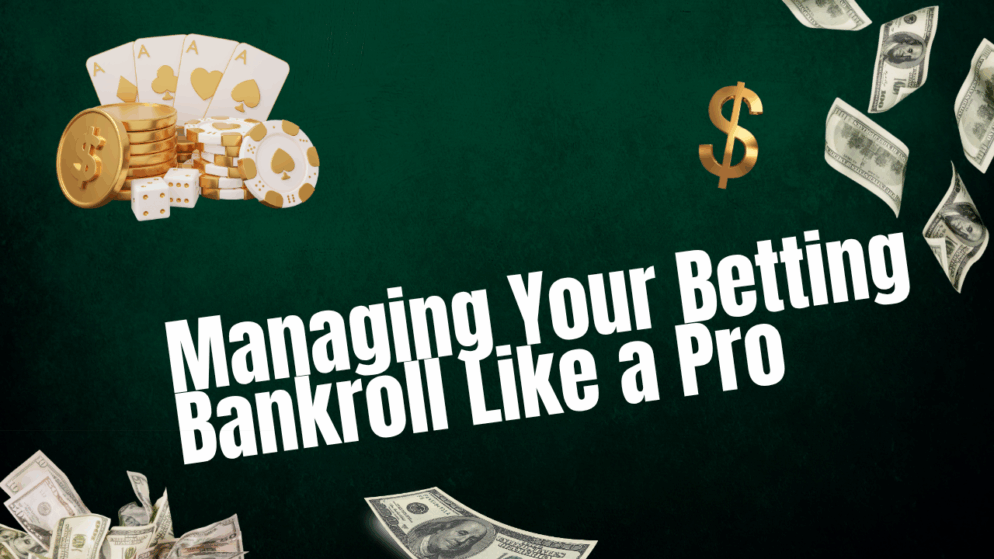

Successful sports betting isn’t just about picking winners—it’s about managing your money with discipline and strategy. Professional bettors understand that bankroll management is the foundation of long-term profitability, separating casual gamblers from serious investors in the sports betting market.
What Is Bankroll Management?
Your betting bankroll is the total amount of money you’ve set aside specifically for wagering. This should be money you can afford to lose without affecting your daily expenses, savings, or financial obligations. Think of it as your betting business capital—every decision you make should protect and grow this fund over time.
The Golden Rules of Bankroll Management
Never Bet More Than You Can Afford to Lose This fundamental principle cannot be overstated. Your bankroll should consist entirely of disposable income. If losing your entire bankroll would create financial hardship, you’re starting with too much money at stake.
Use the Percentage Method Professional bettors typically risk between 1% and 5% of their total bankroll on any single bet. Conservative bettors stick to 1-2%, while more aggressive players might go up to 5% on their strongest plays. This approach ensures that even a string of losses won’t devastate your bankroll.
For example, with a $1,000 bankroll, a 2% bet would be $20. As your bankroll grows or shrinks, your bet sizes adjust accordingly, providing built-in protection against major losses.
The Kelly Criterion: Advanced Bankroll Strategy
The Kelly Criterion offers a mathematical approach to determining optimal bet sizes based on your perceived edge and the odds offered. The formula calculates the ideal percentage of your bankroll to wager based on the probability of winning and the potential payout.
While the Kelly Criterion can maximize long-term growth, it requires accurate assessment of probabilities and can recommend surprisingly large bet sizes during winning streaks. Many professionals use a fractional Kelly approach, betting 25-50% of the recommended Kelly amount to reduce volatility.
Record Keeping and Analysis
Maintaining detailed records is crucial for professional bankroll management. Track every bet including the date, sport, bet type, odds, stake, and result. This data reveals patterns in your betting behavior, identifies your most profitable markets, and highlights areas for improvement.
Regular analysis helps you understand your true win rate and return on investment, enabling data-driven decisions about bet sizing and strategy adjustments.
Emotional Discipline and Tilt Control
One of the biggest threats to your bankroll is emotional betting, often called “going on tilt.” After a bad beat or losing streak, the temptation to chase losses with larger bets can be overwhelming. Professional bettors stick to their predetermined bet sizes regardless of recent results.
Establish clear rules for when to take breaks from betting. Some professionals implement “stop-loss” limits, pausing betting activity if their bankroll drops by a certain percentage.
Building Your Bankroll Over Time
Growing a betting bankroll requires patience and consistency. Avoid the temptation to withdraw profits immediately—letting your bankroll compound leads to larger absolute gains over time. However, once your bankroll reaches significant size, consider withdrawing a portion to lock in profits while maintaining adequate capital for continued betting.
Conclusion
Professional bankroll management transforms sports betting from gambling to investing. By implementing proper bet sizing, maintaining detailed records, and exercising emotional discipline, you protect your capital while maximizing long-term growth potential. Remember, even the world’s best handicappers lose individual bets—it’s how they manage their money that determines their ultimate success.
The difference between recreational bettors and professionals isn’t just knowledge of sports—it’s the discipline to treat betting as a business and manage their bankroll accordingly.





